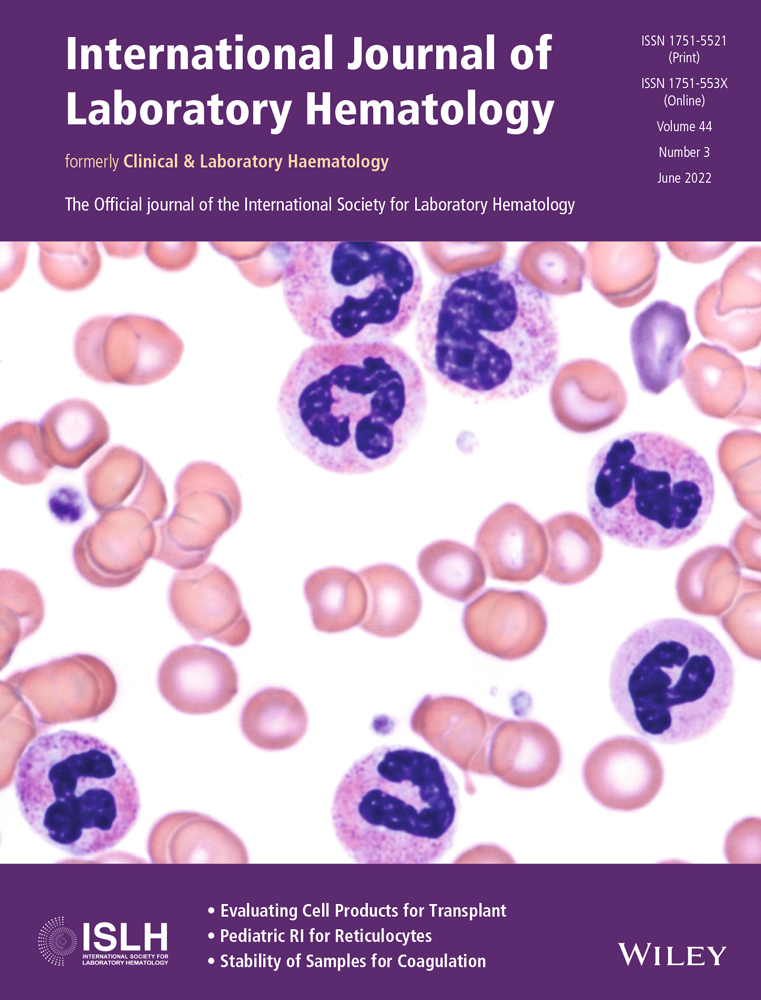Value of cerebrospinal fluid white cell count and protein level in predicting leptomeningeal involvement by systemic aggressive B-cell lymphoma
Abstract
Introduction
Diagnostic cerebrospinal fluid (CSF) analysis for patients with newly diagnosed aggressive B-cell lymphoma at risk of secondary central nervous system involvement typically includes multiparametric flow cytometry (MFC), cytology (CC), white cell count (WCC) and total protein. The strength of relationships between MFC results and the remaining variables has been disputed in small studies. We explored these relationships in a large homogeneous cohort of patient samples, aiming to establish the relationship between WCC and protein level and MFC results.
Methods
Adult patients with aggressive B-cell lymphoma at risk of CNS involvement who underwent staging CSF analysis by MFC were identified retrospectively from institutional electronic records between October 2011 and December 2020.
Results
Three hundred and seventy eight samples, including 45 (11.9%) MFC+ samples, were analysed. The relative sensitivity of CC for MFC positivity was 0.38, with PPV of 0.68. Significantly higher median WCC (p < .001) and protein levels (p = .011) were seen in MFC+ vs. MFC− samples. MFC + CC+ (vs. MFC + CC− samples) demonstrated higher median neoplastic events and neoplastic cell concentration. WCC ≥36 × 106/L and protein ≥1.12 g/L cut-off values demonstrated the highest PPVs for MFC positivity (0.67 and 0.88, respectively).
Conclusions
Statistically significant associations exist between elevated WCC and protein and MFC positivity, and selected WCC and protein cut-off values have PPVs comparable to that of cytological assessment. Whilst routine WCC and protein analysis may be unnecessary, WCC/protein values above these levels could be regarded as reasonable evidence of CSF involvement in the appropriate setting.
CONFLICT OF INTEREST
The authors have no conflicts of interest to declare.
Open Research
DATA AVAILABILITY STATEMENT
Research data are not shared.




